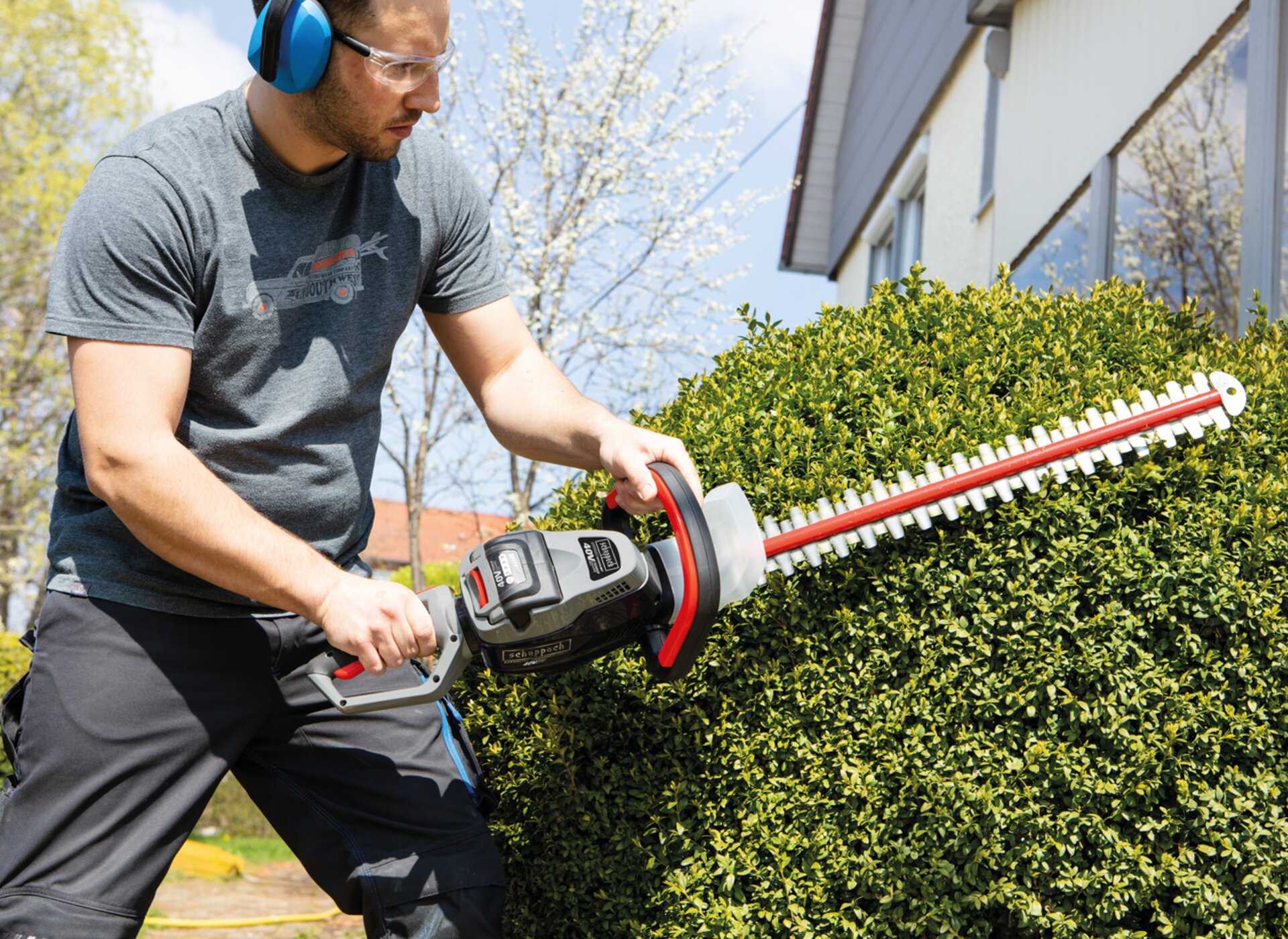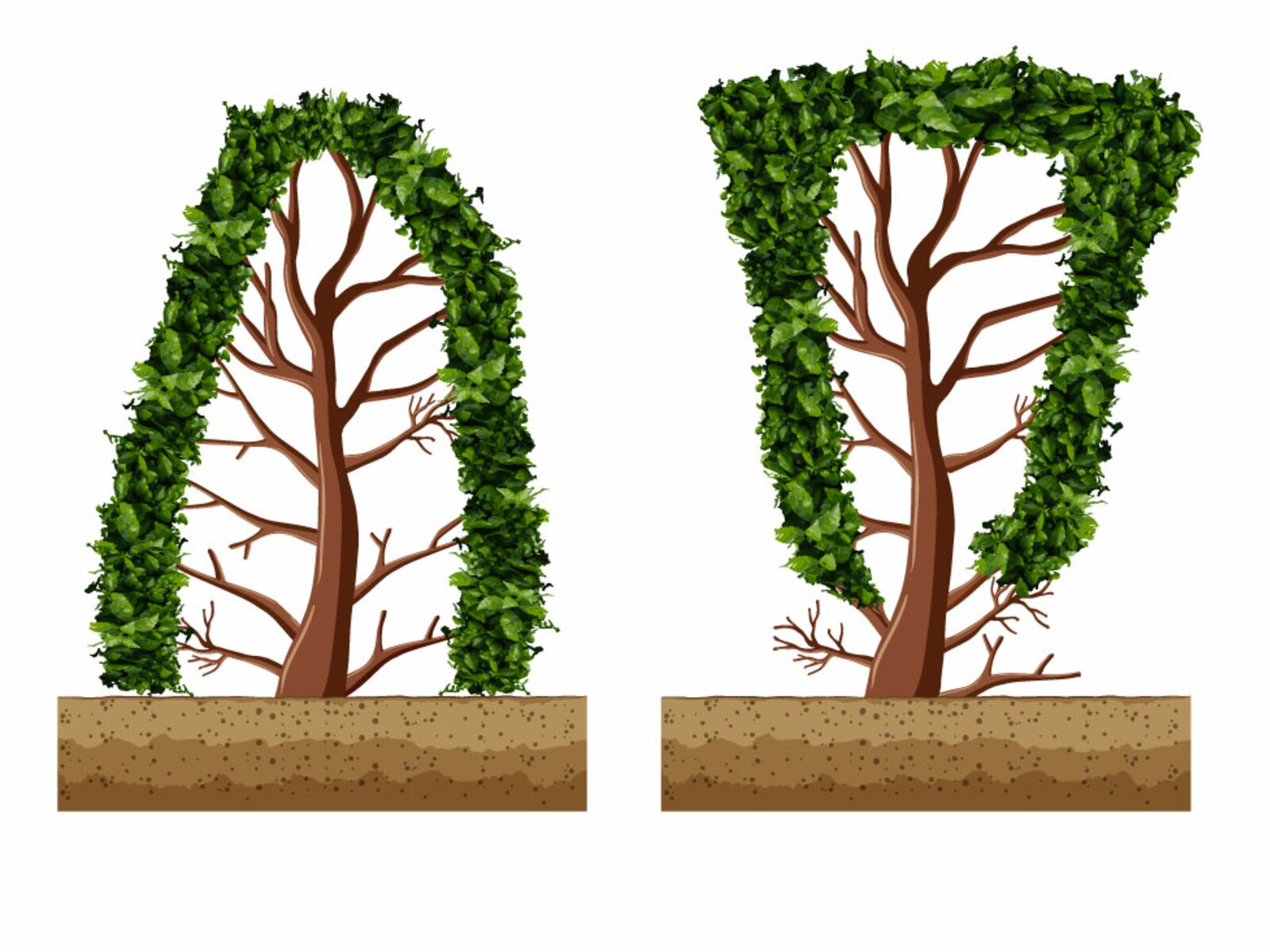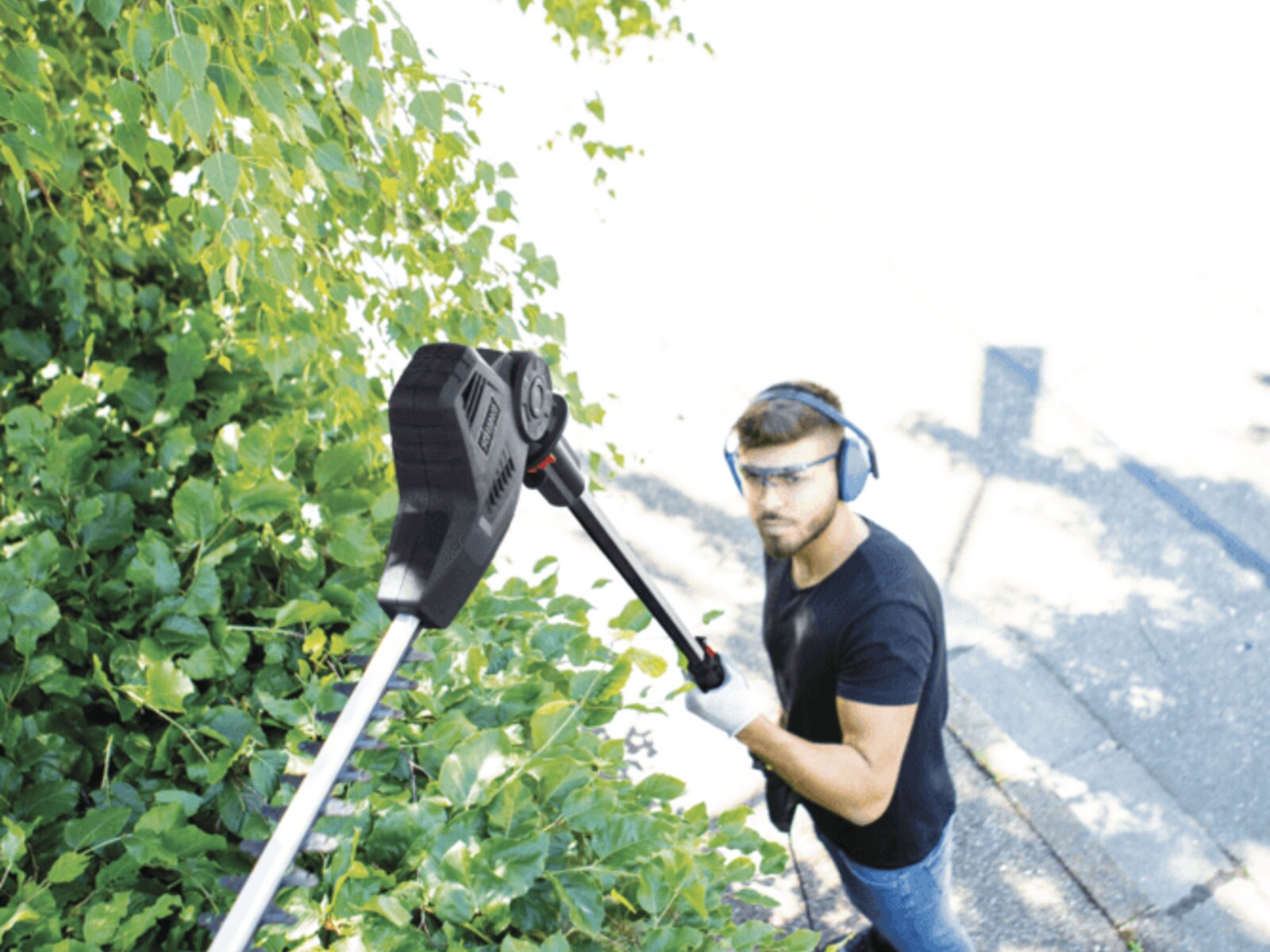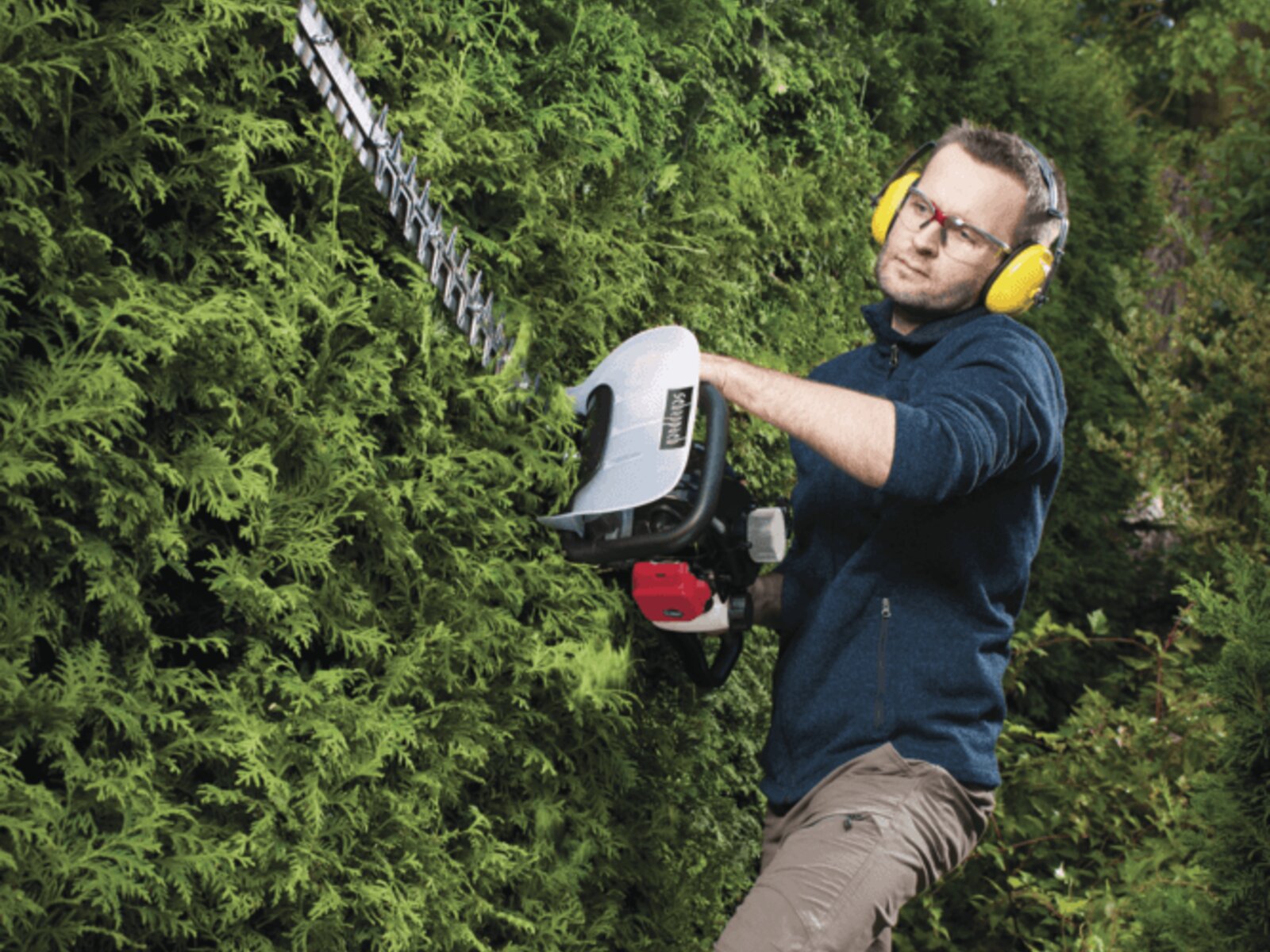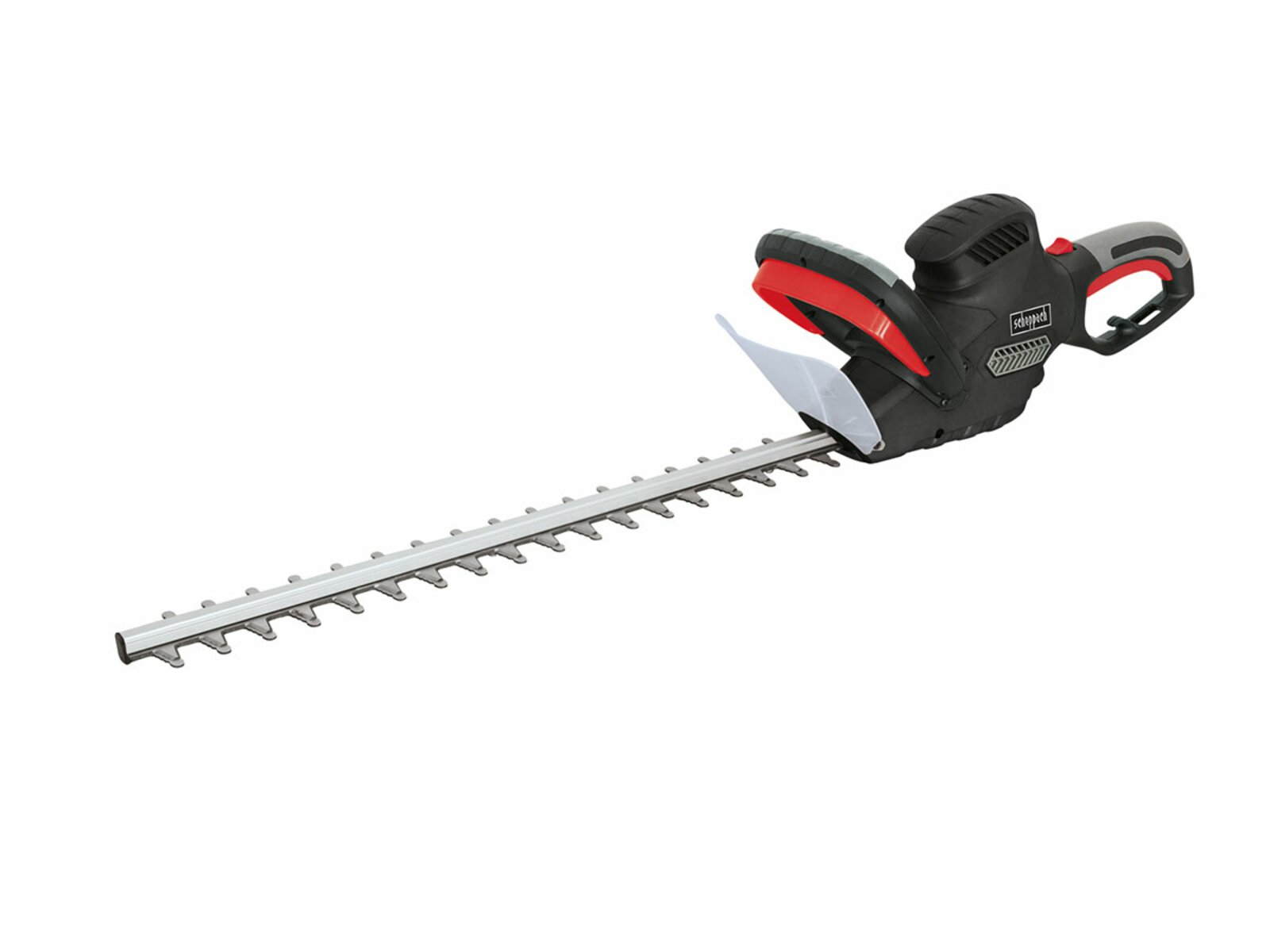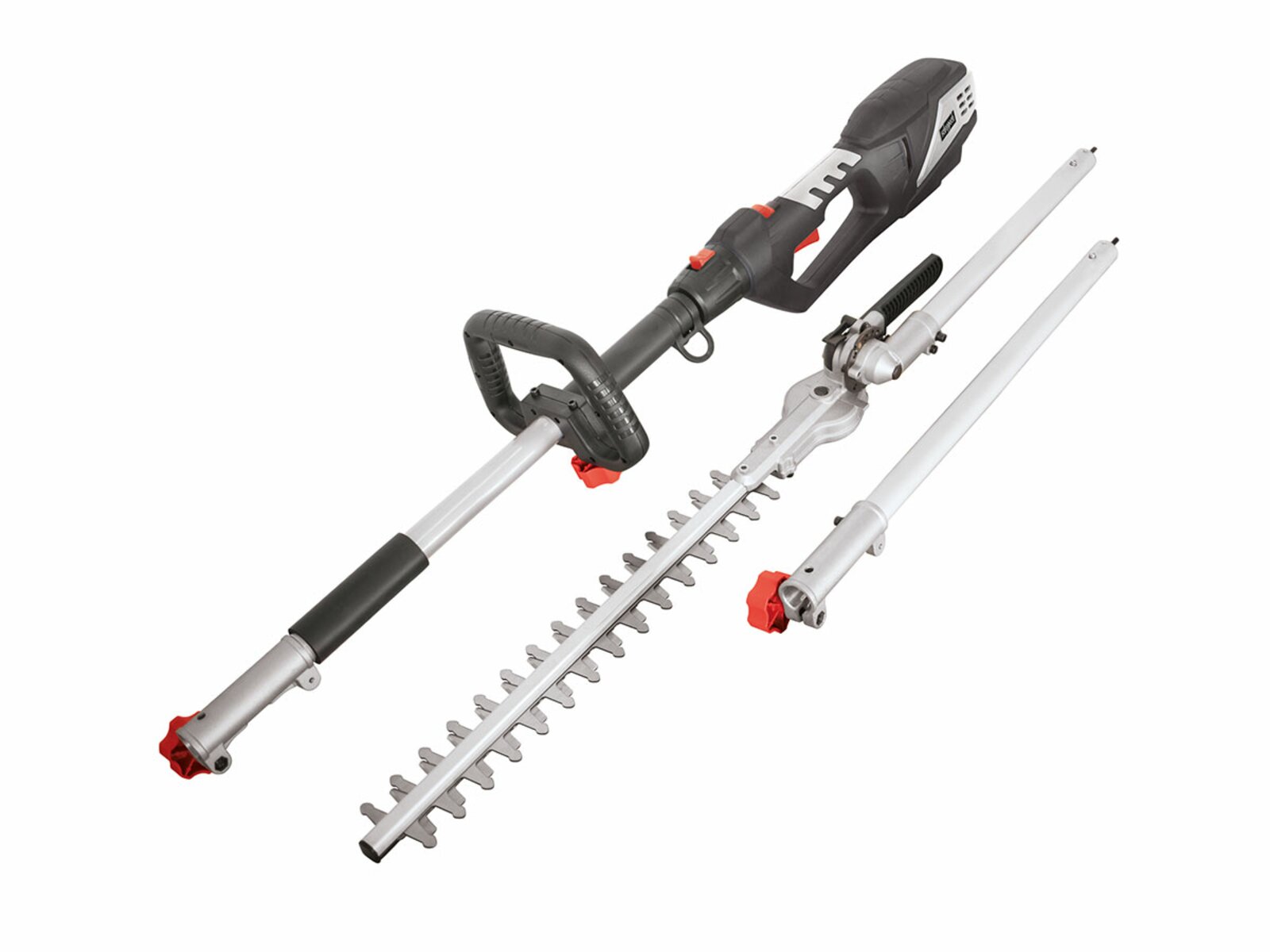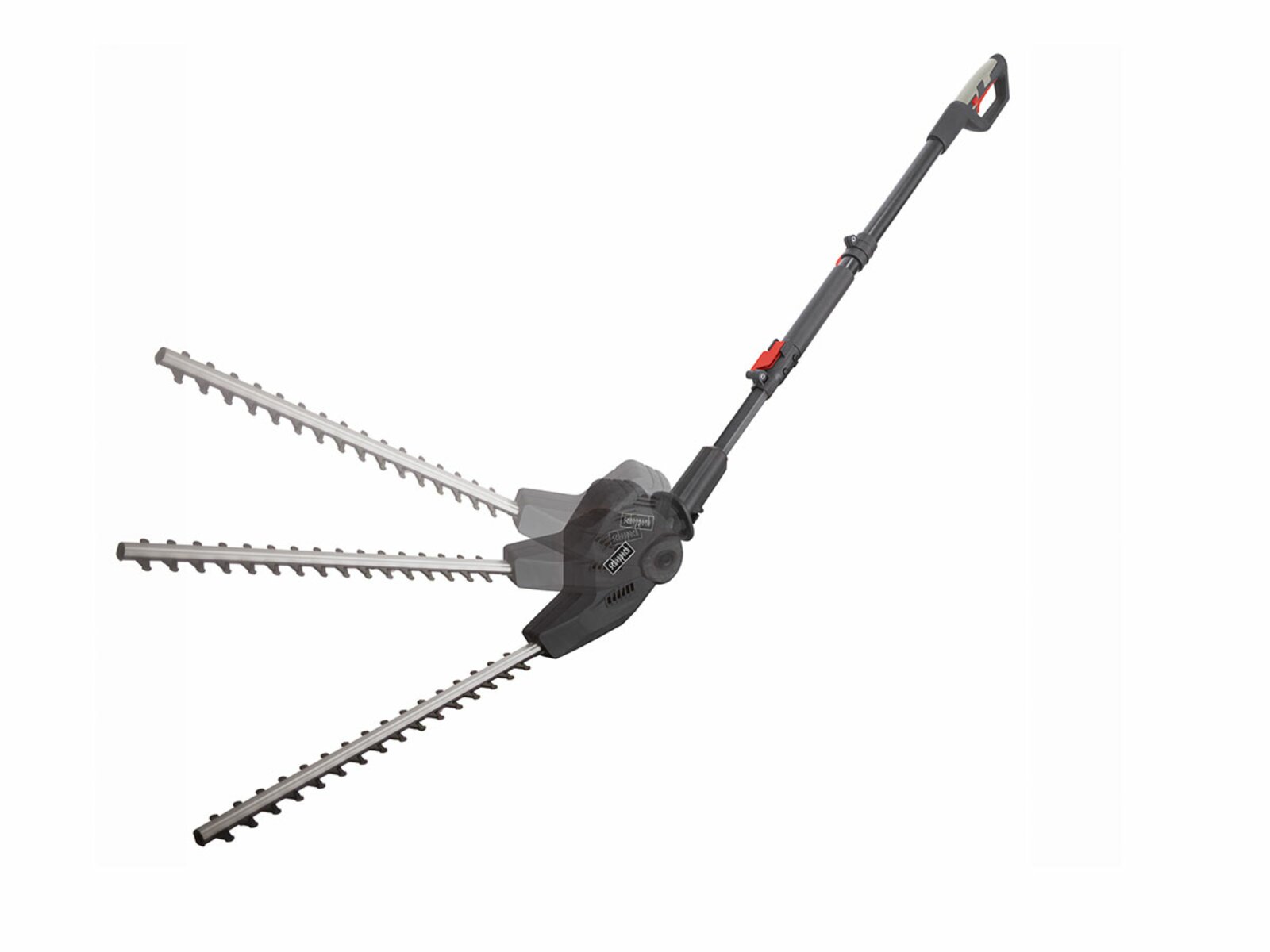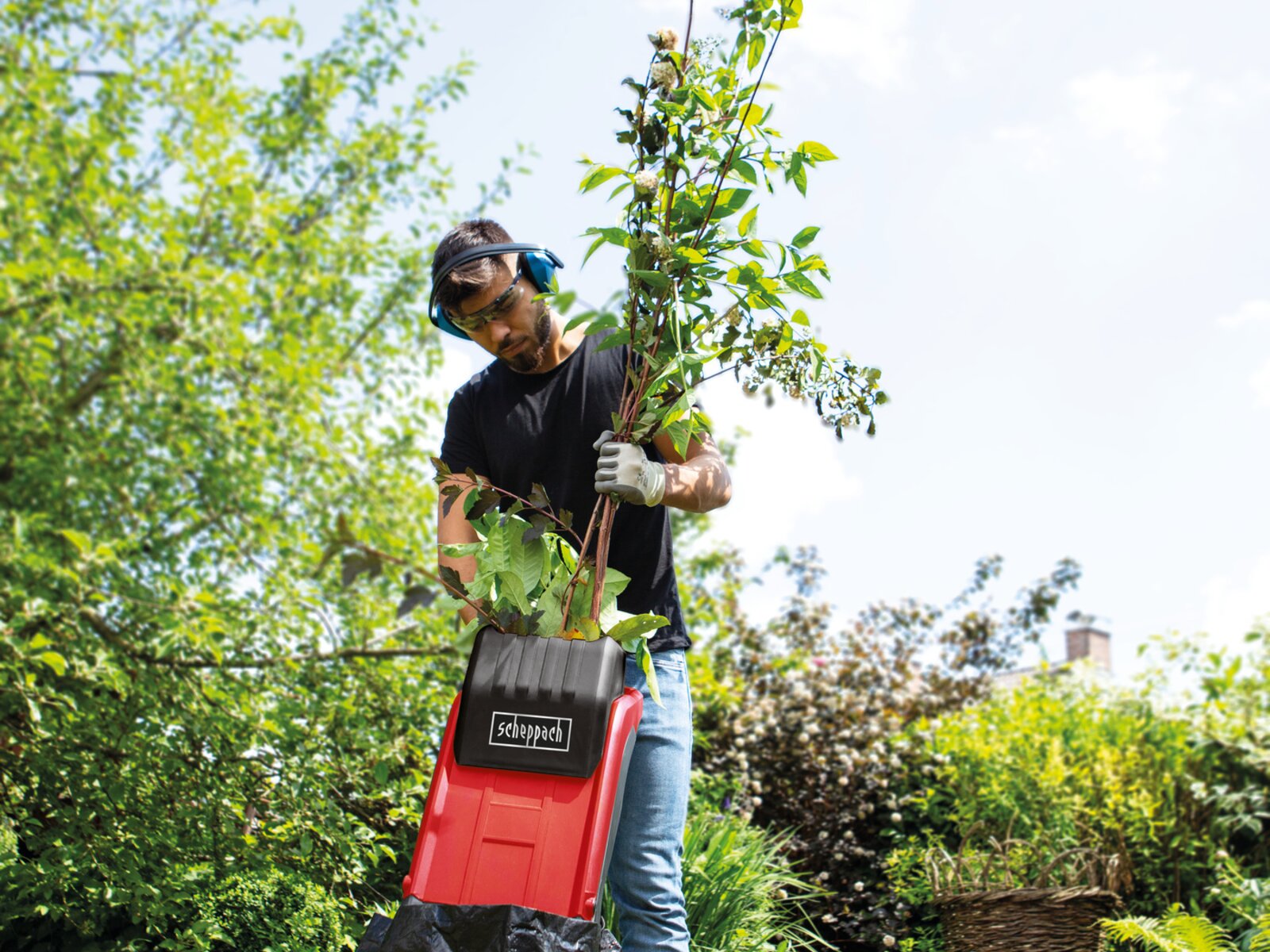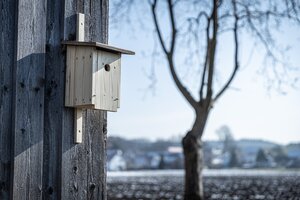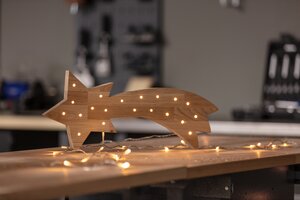Hedges are cut up to twice per year depending on the type. Between 1st March and 30th September, cutting back massively is not permitted according to the Nature Conservation Act, in order to protect insects and brooding birds. Regenerating cuts are not allowed according to this but caring for the hedge surface, such as shaping cuts, is permitted as long as brooding birds are not disturbed.
The ideal time for cutting the hedge is early spring at mild temperatures of above 5 °C and when the sun is shining. At temperatures below -5 °C, the branches are not cut but are crushed and do not heal well. In February, the shoots do not yet have sap; new shoots must first form in order that the hedge copes with the cut better. The hedge then needs until around May to gather its strength. Until then, the hedge looks accurately cared for and shows its fresh leaves or needle coating.
Attention: only cut blossoming hedges after blossoming as the blossoms could otherwise fall off or at least become less splendid.
The classic cutting date was previously St John’s Day on 24th June. If no spring cut took place, this is the time when the first annual shoots on the wood are complete and the second, known as “St John’s shoots” begin. A hedge that is first cut on St John’s day grows less evenly and densely. Therefore, it is better to perform the second, less severe cut to the hedge on this day. Around a third of the new annual shoots remain on the plant to prevent weakening it. However, it should not be too dry. Cloudy is preferable in order to prevent the hedges drying out. For the remainder of the year, allow it to grow in peace and cut it down to the previous height again in the next February.
Even hedges that blossom in spring are also cut on St John’s Day at the latest so that they then have enough time and energy to form new blossom roots for the coming year.
Surface improvements to small unevenness in the natural growth of the hedge can also be performed in Summer or autumn.
If you make the effort to cut your hedge, of course you want a good result. Depending on the size and type of the hedge, it’s often not that easy but it works better with a few tips and tricks.
The best shape is wider at the base than the crown. The hedge therefore looks like a trapezium from the side. Due to the angled side surfaces, the bottom leaves also get enough sunlight. If the hedge is narrower at the bottom than at the top, it casts a shadow on itself and the bottom parts grow bare. The very common thuja hedge in particular does not recover from this and remains bare and brown at this point.
In order to cut the crown straight, place one pole at each end of the hedge and tension some string at the required height. You can use this as a guide when cutting.
It is also advisable to keep hands and arms calm when cutting. Movements that come from the shoulders or the back are calmer and result in a nicer appearance after cutting. Do a few dry runs before cutting: hold the hedge trimmer parallel to the ground with both hands and move to and fro from your back. It is important to hold the hedge trimmer absolutely level especially when cutting the crown.
The hedge surfaces can normally be cut better when looking towards the uncut side. Stretch your arms out as far as possible to move the hedge trimmer up and down from your shoulders. A light electrical hedge trimmer makes your work significantly easier.
What do I have to be aware of when buying a hedge trimmer? How can I choose the right hedge trimmer? Which factors are important and which are less important? We have collated a few tips for you to help you choose the right device:
- Weight: the lighter the hedge trimmer, the longer you can work without becoming fatigued.
- Petrol engine: Devices with petrol engines are particularly suitable when there is a lot of hedge to cut and no power connection is available.
- Cabled: you can use an electrical hedge trimmer to trim all of your hedges without losing power. The only interruption is when you have to move the cable. It only becomes difficult in gardens with lots of angles or hedges that surround the plot unless there are enough sockets.
- Battery-operated: a battery-operated hedge trimmer, e.g. the scheppach BHT560-40Li has enough power to even finish a large hedge thanks to the 40 V lithium-ion battery. If you want to be really safe, you’ll get a second battery. A lithium-ion battery is particularly light.
- Size: The larger the hedge, the larger the hedge trimmer. A blade length of between 500 and 600 mm is ideal for flank cuts.
- Hand posture: you require two handles in order to be able to guide the hedge trimmer smoothly. An adjustable rear handle ensures a comfortable hand posture and therefore easier operation of the hedge trimmer.
- Cutting thickness: A cutting thickness of 20 to 25 mm is usually sufficient for a normal shaping cut of new shoots. For cutting back further into the old wood, a pruning shears or a saw must be used.
- Protection: a hand guard protects you slipping and inadvertently reaching into the hedge trimmer when the blade is running.
Regardless of whether its due to incorrect growth that was not corrected, the wrong cut or extended neglect, gaps can form in the hedge. It’s certainly not pretty. But small flaws can be repaired with a little patience. It’s sometimes sufficient to simply provide the affected area with sufficient light. Hedges made of deciduous trees such as hornbeam and boxwood suffer if there is too much shade from surrounding trees. Removing a branch can work wonders here.
If lighting is not the problem, a gap can be filled by redirecting shoots. To do this, use bamboo sticks to encourage new shoots to grow into the hole rather than outwards. Shortening all shoot tips encourages branching. The gap therefore closes bit by bit.
Sometimes, repairs just don’t do the job. If the hedge has not been cared for for many years, old hedges can only be cut back to the trunk. Perform a radical regenerating cut during the rest period in winter when there is no frost if at all possible. However, not all hedge plants are suitable for this. Apart from the yew, conifers generally do not form new shoots if they are cut back too far into the woody part. Always only shorten moderately and only in the needled area. In contrast, the yew is tough and even forms shoots from the trunk if it is shortened radically.
Most deciduous trees can rejuvenate very well. The best time for shortening deciduous shrubs is in spring before the leaves shoot. Evergreen hedges should be rejuvenated in early summer. Use a pruning saw such as a multi-tool with chainsaw and pole-mounted pruner (BPT700-40Li) to shorten all main branches to 30 to 50 cm above the ground.
The hedge requires sufficient light and water to shoot again. In the next spring, support new shoots up to around a third of their length so that the hedge becomes thick again. Depending on the plant type, it can take some time until the hedge looks nice again after cutting it back in this way.
Hedge trees that grow from a single trunk do not normally require such a radical cut-back. Rejuvenate them on one side in order to limit their width if they have come too close to each other. To do this, use a pruning shears to cut one side of the hedge back a long way in the first spring. Only small, branched stumps with sleeping eyes remain, from which the plant can form new shoots. Shorten the other side in the same way the next year. This ensures that the plant has sufficient leaves for photosynthesis.
More or less material to be cut is produced during a normal hedge cut depending on the hedge size. If the hedge is cut back a lot, there is a great deal of greenery at the end, which must be disposed of somehow. The practical garden shredders come into their own here. Instead of disposing of the material to be cut, it can be shredded and used for mulching. Dry material to be cut is ideal for protecting the base of the hedge against weeds and evaporation. Shredded branches with leaves can be added easily to compost and therefore decompose into valuable nutrients that can be re-used in the garden at some point.
This post contains more information regarding shredding and further use.


